This article was medically reviewed by Luba Lee, FNP-BC, MS and by wikiHow staff writer, Danielle Blinka, MA, MPA. Luba Lee, FNP-BC is a Board-Certified Family Nurse Practitioner (FNP) and educator in Tennessee with over a decade of clinical experience. Luba has certifications in Pediatric Advanced Life Support (PALS), Emergency Medicine, Advanced Cardiac Life Support (ACLS), Team Building, and Critical Care Nursing. She received her Master of Science in Nursing (MSN) from the University of Tennessee in 2006.
There are 8 references cited in this article, which can be found at the bottom of the page.
This article has been viewed 29,845 times.
Vitamin D is important for maintaining your overall health, and it’s essential for healthy aging. The recommended daily amount of vitamin D is 600 IU for ages 1-70, then it goes up to 800 IU. Although getting too much vitamin D is toxic, vitamin D deficiencies are common, so you may want to increase your vitamin D levels quickly. The best way to raise your vitamin D levels is to go outside and get some sun, which triggers your body to make vitamin D. As another option, consume more vitamin D through your diet, though food sources are scarce. Finally, increase your body’s absorption of vitamin D with a few simple changes.
Steps
Getting More Vitamin D
-
1Get 15-20 minutes of sun daily so your body will make vitamin D. Your body needs very little sun to make vitamin D. Go for a walk around the block, play with your dog in the yard, or sit on a park bench. As long as the sun is touching exposed skin, your body will make vitamin D.[1]
- Don’t wear sunscreen when you’re trying to get more vitamin D. A sunscreen with an SPF 8 or more will filter out the UVB rays that help your body make vitamin D.
- You may need to spend up to 30 minutes in the sun if you have darker skin, as high levels of melanin can make it harder for your body to absorb UVB rays.
- You must go outside to increase your sun exposure, as windows filter out the UVB rays that your body uses to make vitamin D.
- Protect your skin with an SPF 30 sunscreen if you're going out for longer periods of time.[2]
Tip: Certain weather and environmental factors, such as cloudiness or pollution, can reduce your sun exposure. Be mindful of these conditions, as you may want to increase the amount of time you spend outside.
-
2Eat fatty fish 3 times a week for the biggest vitamin D boost. Fatty fish like salmon, tuna, sardines, swordfish, and mackerel contain the highest amounts of vitamin D when it comes to food. You can also find high levels in fish liver oils. Incorporate fatty fish into your diet about 3 times a week to improve your vitamin D levels.[3]
- Keep in mind that mackerel is often high in mercury, so you may want to limit how often you eat it. This is especially important if you’re pregnant, as the mercury could affect your growing baby.[4]
Advertisement -
3Add beef liver to your menu to increase your vitamin D. After fatty fish, beef liver is the best source of naturally occuring vitamin D. Eat a 3 oz (85 g) serving of beef liver to get more vitamin D in your diet.[5]
- Beef liver is an organ meat, and it contains enough vitamin D to give you about 10% of your daily requirement.
-
4Consume more egg yolks and cheese, especially if you’re a vegetarian. Egg yolks contain about as much vitamin D as beef liver, so they’ll help you get about 10% of your daily requirement. You can eat them for breakfast, as a snack, or cut up on a salad. For another vegetarian-friendly option, cheese contains a small amount of vitamin D. However, don’t make it your main source of the vitamin.[6]
- Swiss cheese has the highest amount of vitamin D of all cheeses. However, it still provides just 2% of your daily requirement.
-
5Munch on mushrooms for a vegan option. Mushrooms that are exposed to a lot of UV rays contain vitamin D2. However, the amount of vitamin D in mushrooms can vary greatly depending on how they were grown. Since mushrooms are a relatively healthy food, there’s no harm in including them in your diet as a potential source of vitamin D, but don’t make them your only choice.[7]
- You may be able to find fresh or dried mushrooms that were exposed to high levels of UV rays in order to raise their vitamin D content. Look for these mushrooms at a health store or online.
-
6Add fortified foods to your diet for an easy way to boost your vitamin D intake. Some processed and pasteurized foods have vitamins added to them, including vitamin D. These foods are typically dietary staples, so they're easy to incorporate into your diet. Read the labels on the foods you buy to see if they’re fortified or not.[8]
- For example, milk, yogurt, orange juice, margarine, bread, and breakfast cereal are often fortified with added vitamins, including vitamin D. Eating a serving or 2 of fortified food can help you meet your daily needs.
-
7Take a vitamin D supplement if your doctor advises it. A supplement may help increase your vitamin D levels, but they don’t always absorb well. For better vitamin absorption, pick a supplement that also contains calcium. Take your supplement as directed on the bottle.[9]
- Vitamin D3 supplements are similar to the vitamin D naturally created by your body. These supplements are derived from seafood, and they typically absorb better than vitamin D2.
- Vitamin D2 supplements are great for vegetarians and vegans, since they are made from mold rather than animal products.[10]
Warning: Taking too much vitamin D can be toxic, so don't take more than 600 UI per day. Talk to your doctor to find out how much vitamin D is right for you.
Increasing Your Absorption
-
1Limit your caffeine intake. Consuming caffeine may reduce your body’s ability to make and absorb vitamin D, lowering your levels. Cutting caffeine out of your diet may help your body absorb more vitamin D, so cut out regular coffee, energy drinks, caffeinated tea, caffeinated soda, and chocolate. Additionally, avoid energy pills and headache medications that contain caffeine.[11]
- If you enjoy the taste of coffee, switch to decaf so you can still enjoy your morning cup of joe. Similarly, many teas are naturally caffeine free.
-
2Exercise at least 30 minutes a day to help your body process vitamin D. Being active may help your body use vitamin D better, which results in higher levels of the vitamin in your system. Do 30 minutes cardio every day, such as going for a brisk walk, running, swimming, or doing aerobics. This may help your body absorb more vitamin D.[12]
- Choose an exercise you enjoy so you’re more likely to stick with it.
-
3Take vitamin D with calcium to increase its absorption. Calcium helps your body absorb vitamin D, so it’s best to take them together. Many vitamin D supplements already contain calcium, so be sure to read the labels. Additionally, fatty fish, dairy products, and cheese all contain moderate levels of calcium.
- Although eggs contain some calcium, it's a very small amount.
-
4Consume vitamin D supplements with fat, as it’s fat-soluble. A fat-soluble vitamin is absorbed along with fats, so your body will make better use of the vitamin if you eat it with fat. Fortunately, fat-soluble vitamins remain in your body longer because they're stored in fatty tissues. To help it absorb, take your vitamin D with a meal that contains at least 11 grams of healthy fats.[13]
Tip: Because it's fat-soluble, your body stores extra vitamin D in your fatty tissues and liver for future use. This means you don't need to ingest vitamin D every day to maintain a healthy level in your body, unless your doctor instructs you otherwise.
Warnings
- Before you start taking vitamin D supplements, you need to get a blood test to make sure you have a vitamin D deficiency. Taking too much vitamin D can be toxic.⧼thumbs_response⧽
References
- ↑ https://www.ncbi.nlm.nih.gov/pmc/articles/PMC2835491/
- ↑ https://ods.od.nih.gov/factsheets/VitaminD-HealthProfessional/
- ↑ https://www.nhs.uk/conditions/vitamins-and-minerals/vitamin-d/
- ↑ http://seafood.edf.org/mackerel
- ↑ https://www.nhs.uk/conditions/vitamins-and-minerals/vitamin-d/
- ↑ https://ods.od.nih.gov/factsheets/VitaminD-HealthProfessional/
- ↑ https://ods.od.nih.gov/factsheets/VitaminD-HealthProfessional/
- ↑ https://www.ncbi.nlm.nih.gov/pmc/articles/PMC2835491/
- ↑ https://www.health.harvard.edu/staying-healthy/vitamin-d-and-your-health-breaking-old-rules-raising-new-hopes


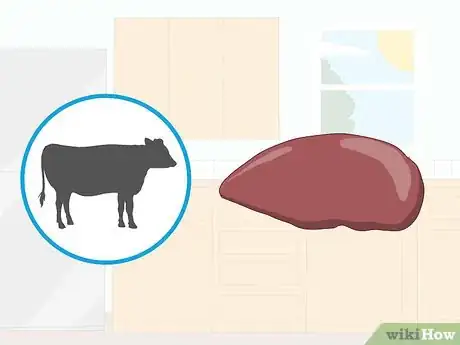



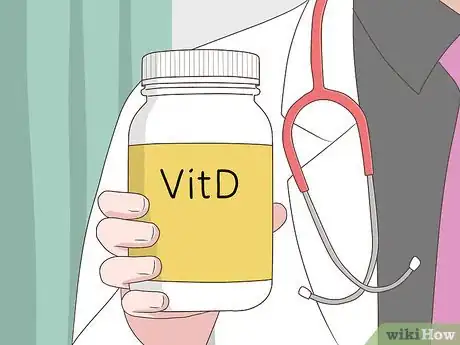
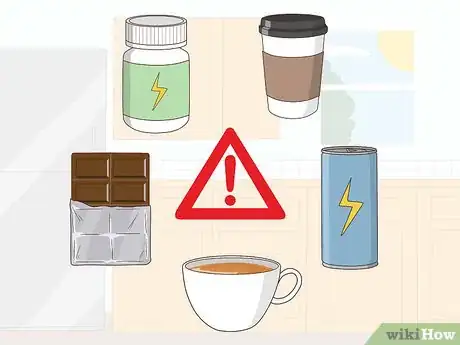
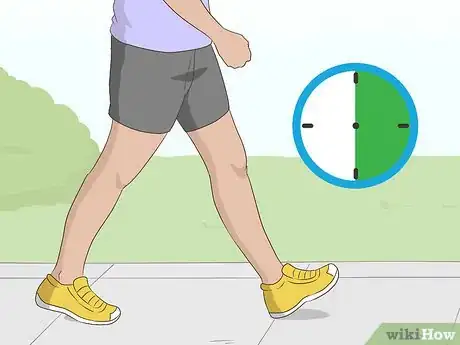
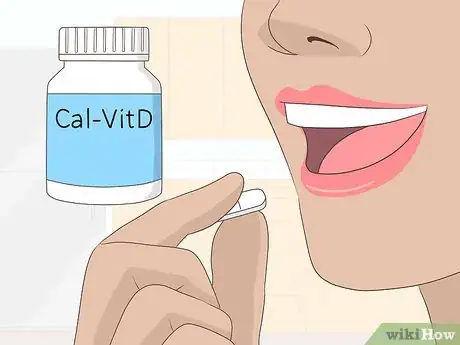
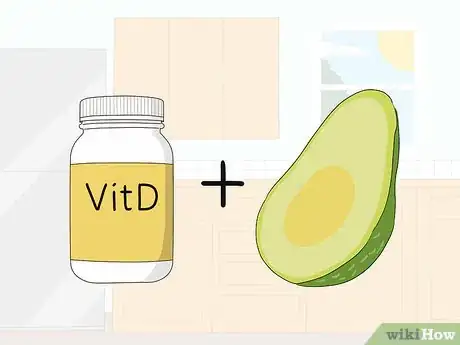

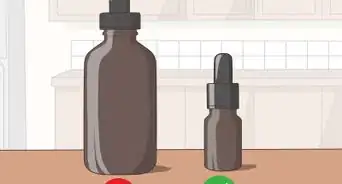
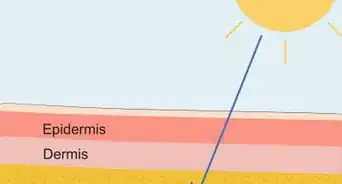




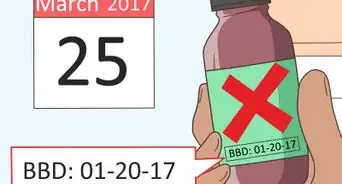



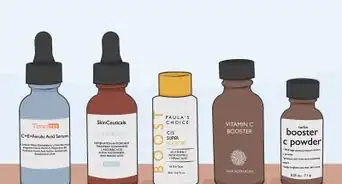







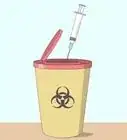






































Medical Disclaimer
The content of this article is not intended to be a substitute for professional medical advice, examination, diagnosis, or treatment. You should always contact your doctor or other qualified healthcare professional before starting, changing, or stopping any kind of health treatment.
Read More...